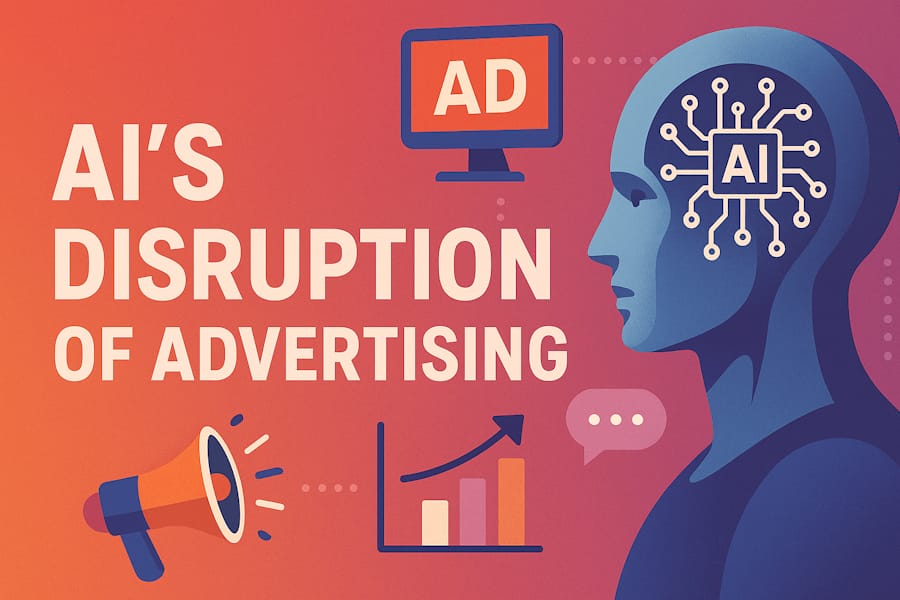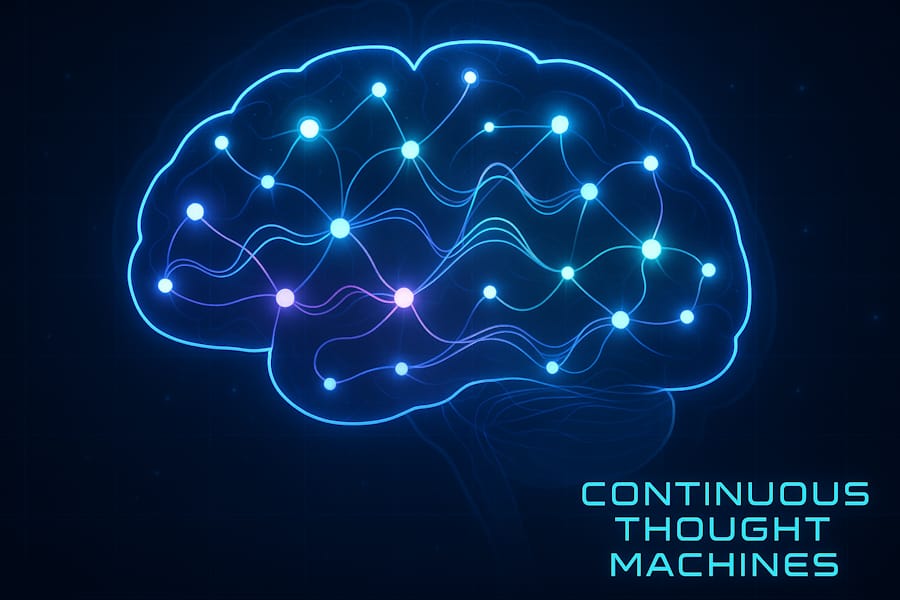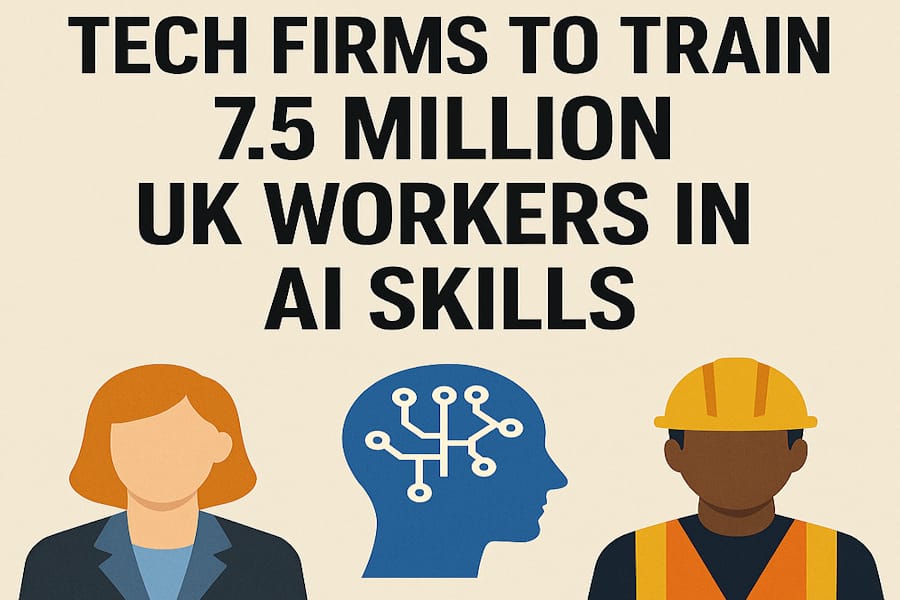AI in Government: Navigating the “Garbage In, Garbage Out” Syndrome

Publish Date: Last Updated: 6th August 2025
Author: nick smith - With the help of CHATGPT
Artificial Intelligence (AI) has the potential to transform governance by improving decision-making, streamlining operations, and providing predictive insights into societal needs. However, the implementation of AI in government comes with critical challenges, particularly concerning data integrity, bias, and transparency. This is where the "Garbage In, Garbage Out" (GIGO) syndrome becomes a pivotal concern. If AI is fed biased, incomplete, or erroneous data, the outputs will mirror these flaws, potentially leading to disastrous decisions in policy, economy, and social systems.
Let’s explore why it’s essential to ensure that AI in government is trained on broad and unbiased datasets, the potential risks of misuse, and the safeguards needed to harness its benefits responsibly.
The Importance of Broad and Unbiased Training Data
AI models rely on the data they are trained on. If this training data is narrow, biased, or deliberately skewed, the AI's predictions, decisions, and recommendations will reflect these flaws. Governments using AI for policy-making, resource allocation, or economic forecasting must ensure that:
-
Datasets Are Representative
Training data must include a wide spectrum of demographics, geographic regions, cultural contexts, and historical information. This diversity helps minimize bias and ensures that AI outputs are inclusive and equitable. -
Avoidance of Pre-Determined Outcomes
AI should not be trained to produce expected or politically favorable results. Manipulating training data to align with specific ideologies undermines the objectivity of the technology and erodes public trust. -
Ethical Oversight
AI development for government use must include input from independent experts, ethicists, and diverse stakeholders to mitigate bias and ensure accountability.
The Statistics Parallel
As with statistics, data can be manipulated to produce a desired narrative. For example:
- A study on unemployment rates can yield different results depending on how "unemployed" is defined or the sample size chosen.
- Similarly, AI trained on a biased dataset could incorrectly forecast economic growth or misidentify priorities for social programs.
AI’s capacity to process and analyze vast amounts of data amplifies these risks, making it even more critical to ensure the integrity of its training inputs.
The Risks of AI in Government Decision-Making
AI’s role in government is expected to grow, from managing public health systems to forecasting economic trends. However, poorly implemented AI can lead to significant problems:
1. Politically Motivated Training
The question arises: who is responsible for training government AI? If the trainers have a political bias or financial interests, the AI could reinforce existing inequities or serve as a tool for propaganda. For instance, AI models could prioritize policies that favor certain demographics over others based on skewed data.
2. Suppression of Unwanted Outcomes
AI can reveal uncomfortable truths, such as systemic inequality or the long-term unsustainability of certain policies. Governments may be tempted to suppress such findings or retrain the AI to produce more favorable results. This undermines the purpose of AI as an objective tool for progress.
3. Transparency and Accountability
Will the public have access to the information generated by AI systems? Transparency is critical to ensure that citizens can trust the decisions being made. However, governments may withhold AI-generated insights under the guise of national security or political strategy.
4. Errors and Data Corrections
If mistakes exist in the data fed into AI—such as outdated census information or inaccurate records—those errors will propagate through the system. Correcting these mistakes becomes a challenge, especially in large datasets, and can lead to flawed policies or misallocated resources.
Security Implications of Government AI
1. Breadth of Data Held by Governments
Governments hold vast amounts of sensitive data, from tax records to healthcare histories and social media monitoring. AI systems trained on this data have the potential to provide powerful insights but also pose significant risks if mishandled.
2. Cybersecurity Risks
AI systems are attractive targets for hackers. A breach could expose sensitive personal data or allow adversaries to manipulate AI outputs. Robust security measures are essential to protect both the data and the integrity of the AI systems.
3. Surveillance and Privacy Concerns
AI could be used to monitor social media, track dissent, or identify individuals deemed “threats” based on algorithmic analysis. This raises ethical questions about privacy and the balance between national security and individual freedoms.
The Benefits of AI in Government
Despite these challenges, AI offers numerous advantages for governance:
-
Improved Efficiency
AI can automate repetitive tasks, such as processing applications or managing public records, freeing up human resources for more strategic roles. -
Data-Driven Policy Making
By analyzing vast datasets, AI can help governments identify trends, predict societal needs, and allocate resources more effectively. -
Enhanced Public Services
AI-powered chatbots can improve citizen engagement by providing quick responses to queries and simplifying access to services. -
Disaster Response and Resource Allocation
AI can predict natural disasters, optimize emergency responses, and ensure resources are distributed to the areas of greatest need.
Avoiding FOMO and Ill-Fated Projects
In the rush to adopt AI, governments risk falling into the trap of Fear of Missing Out (FOMO). Ill-conceived AI projects that lack proper planning, oversight, and ethical considerations can lead to wasted resources and public distrust. For example:
- AI systems implemented without rigorous testing may fail in critical scenarios, such as disaster response or healthcare prioritization.
- Costly AI projects could divert funds from other essential areas, such as education or infrastructure.
Building a Responsible AI Framework for Government
To harness AI’s potential while mitigating risks, governments must adopt a structured and ethical approach:
-
Broad and Inclusive Datasets
Ensure training data represents all segments of society to prevent bias and promote fairness. -
Independent Oversight
Establish committees of independent experts to review AI systems and their implementations. -
Transparency and Public Access
Provide citizens with access to non-sensitive AI-generated insights and create channels for accountability. -
Error Reporting and Corrections
Implement mechanisms to identify and rectify errors in AI systems swiftly. -
Data Security and Privacy
Invest in robust cybersecurity measures and develop clear guidelines on data use to protect citizens’ privacy. -
Long-Term Monitoring
Continuously evaluate the impact of AI on society and make adjustments as needed to address emerging challenges.
Conclusion: A Balanced Approach to AI in Government
AI holds immense promise for improving governance, but it must be implemented with caution and foresight. The “Garbage In, Garbage Out” syndrome underscores the importance of feeding AI systems with unbiased, accurate, and diverse data. Without this foundation, AI risks perpetuating inequities, reinforcing biases, and making flawed decisions that could harm society.
Governments must act responsibly, balancing innovation with ethical considerations to ensure AI becomes a tool for progress rather than a source of division. Only through transparency, accountability, and inclusive practices can we build AI systems that serve the common good.
Trending AI News Articles
AI Questions and Answers section for AI in Government Navigating the Garbage In Garbage Out Syndrome
Welcome to a new feature where you can interact with our AI called Jeannie. You can ask her anything relating to this article. If this feature is available, you should see a small genie lamp in the bottom right of the page. Click on the lamp to start a chat or view the following questions that Jeannie has answered relating to AI in Government Navigating the Garbage In Garbage Out Syndrome.
Be the first to ask our Jeannie AI a question about this article
Look for the gold latern at the bottom right of your screen and click on it to enable Jeannie AI Chat.












